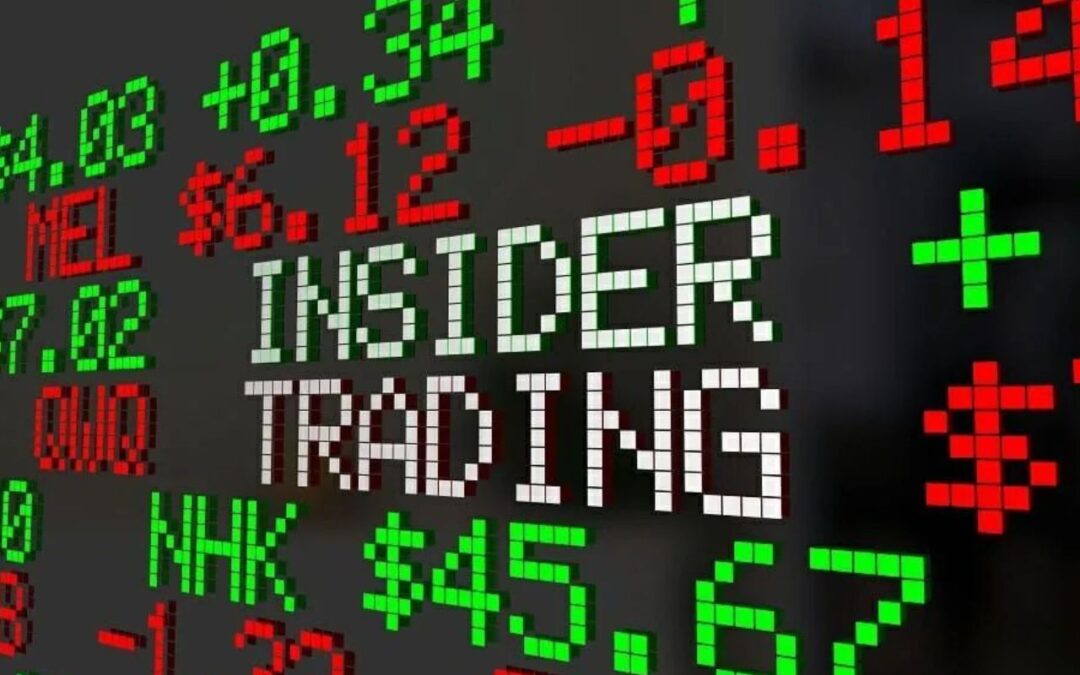Synopsis– Crypto market watchers sparked fresh insider trading debates after Plasma’s native token, XPL, plunged more than half its value days after launch. Despite accusations, Plasma founder Paul Faecks firmly denied any insider selling from the team, insisting all team and investor tokens remain locked for three years.
Token Launch and Sudden Price Drop
Plasma introduced its layer-1 blockchain and native token XPL on September 25, aiming to offer cheaper, faster stablecoin payments. After debuting around $1.30, XPL surged to nearly $1.70 by September 28. However, by early October, the price had sharply tumbled to about $0.83, wiping out over 50% of its value. This sudden crash alarmed many investors and sparked rumors of insider dumping to capitalize on the launch hype.
Denials and Locked Tokens
Responding to growing suspicion, Paul Faecks denied selling by the team, emphasizing strict token lockups. He clarified, “No team members have sold any XPL,” noting investor and team allocations are locked for three years with a one-year cliff. Faecks highlighted that only public sale tokens entered circulation.
Community members, however, scrutinized on-chain data revealing movements of over 600 million XPL tokens from team wallets to exchanges before launch. Though this fueled speculation about algorithmic selling strategies like TWAP (time-weighted average price), Faecks insists these were prepared liquidity movements, not sales.
Market Manipulation Concerns
The community reacted sharply, accusing the team and alleged market makers like Wintermute of orchestrating the dump. One user called the price crash a project “momentum destruction,” hoping for its failure. The Plasma team denied any contract with Wintermute or involvement in manipulative trading, stating they possess the same public information on token holdings. Despite these denials, doubts linger, partly because Faecks’ statements focus on team tokens but leave “ecosystem and growth” token sales ambiguous, raising questions about those allocations.
Why Retail Traders Face an Uphill Battle
The XPL saga reflects a broader crypto reality: insider trading and market manipulation are persistent challenges. Unlike centralized stock exchanges, crypto markets operate 24/7 with weak regulation and pseudonymous actors, creating fertile ground for insiders.
These insiders often access privileged information and advanced trading tools unavailable to retail traders. Studies estimate that insider trading affects up to 48% of crypto listings. Developers, exchange personnel, and influential promoters exploit this gap to buy early or dump tokens for profit. Retail traders face high risks of losses due to volatile pump-and-dump cycles, fake liquidity, and algorithmic trading they cannot match.
Strategies to Navigate the Crypto Market
Given these systemic challenges, retail investors often find sustained wins elusive. Information asymmetry means insiders act well ahead of public announcements. Market manipulation by whales and bots disrupts price fairness. Emotional trading amid hype causes newcomers to buy at peaks before crashes.
For better odds, investors should focus on thorough research, prefer established blue-chip tokens like Bitcoin or Ethereum, avoid excessive leverage, and treat crypto as a long-term hold rather than a quick gamble. The Plasma case shows even projects without proven insider malfeasance can face steep price swings from market sentiment and speculation.
In conclusion, while Plasma’s founder denies insider selling after XPL’s price drop, the episode underscores the challenges retail investors face in a crypto market where insiders hold advantages. Trading smart requires caution and awareness that in crypto, the house often wins.
Written By Fazal Ul Vahab C H





